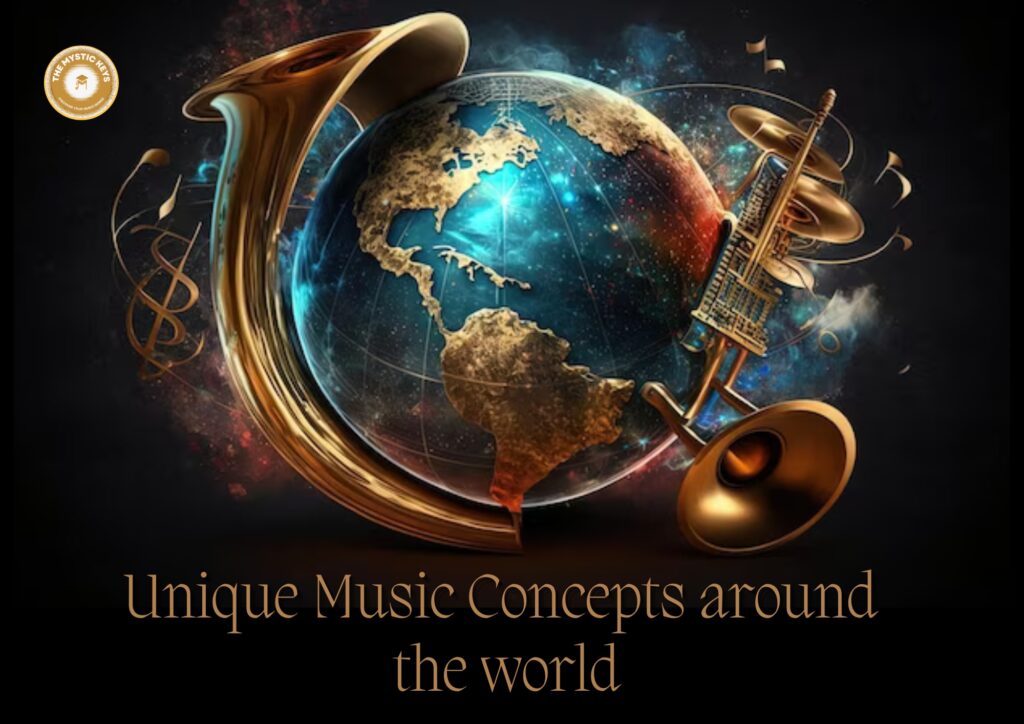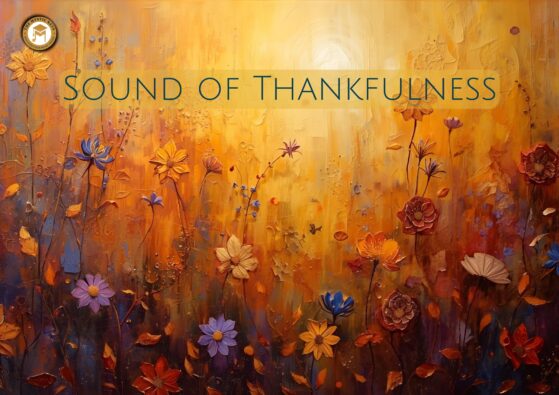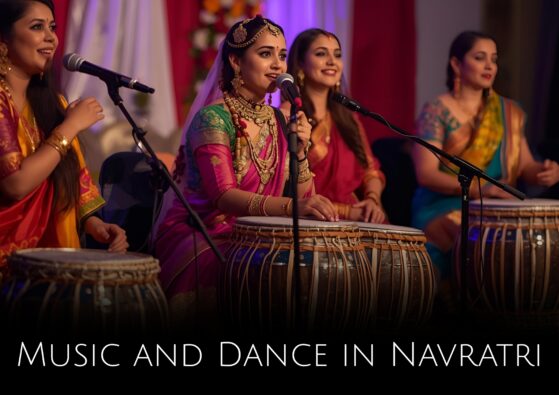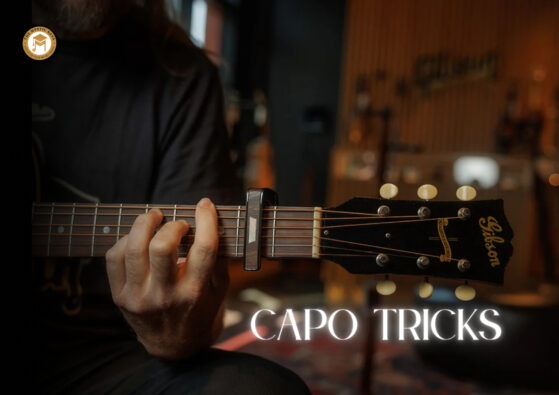Unique Music Concepts around the world | From Ragas to Rhythms
Music is a universal language. It transcends borders and speaks to people of all cultures. For millennia, it has been an integral part of human life. It evolves across societies and blends with local customs, beliefs, and traditions. Each culture brings its unique flavor to music. This creates distinctive styles and philosophies. These styles are as varied as the landscapes they come from. Music also serves as a bridge, connecting people across differences. It reflects shared emotions and collective creativity. In this blog, we will explore fascinating and unique music concepts from around the world. We will shed light on how diverse cultures express themselves through sound, rhythm, and melody.

Raga System – India
In India’s rich musical traditions, raga (meaning “color” or “mood”) forms the core of classical music. Unlike Western music, which uses fixed scales, Indian classical music centers around ragas. Each raga links to specific emotions, times of the day, and seasons. A raga is more than a scale; it blends pitches, intervals, and ornamentations to help the performer create a mood or atmosphere. The ragas aim to evoke emotional responses like joy, sadness, or serenity. Each raga is believed to impact the mind and body profoundly. These emotional connections are deeply ingrained in the Indian cultural experience.
Performing a raga involves deep improvisation. Musicians explore the emotional depth of each raga within a structured framework. Indian classical music also includes taal, a rhythmic cycle that forms the foundation of the performance. The raga system, with its intricate and layered structures, stands as one of the most distinctive elements of Indian musical heritage. This system encourages musicians to convey their personal expression while adhering to traditional guidelines.

Polyrhythms – West Africa
In many West African traditions, music revolves around polyrhythms. Multiple rhythmic patterns play at the same time. This is a key element of African drumming. The rhythms are often complex and interlock, creating a rich, layered texture. These polyrhythms represent the African worldview, where rhythm, movement, and community are deeply connected.
In Guinea, Mali, and Senegal, drumming ensembles perform intricate rhythms on various percussion instruments. These include the djembe, balafon, and talking drum. The drummers don’t simply play in sync. They create a dialogue between rhythms, with each layer contributing to the overall sound. This dynamic, ever-changing approach defines many African musical forms, such as Afrobeat, highlife, and soukous. These forms have influenced global popular music. African polyrhythms continue to inspire musicians worldwide. Their impact can be heard in various contemporary genres across the globe.
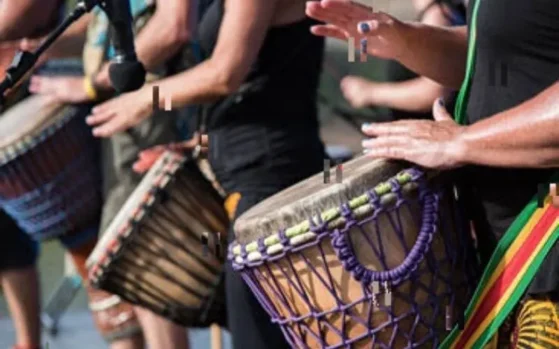
Gagaku – Japan
Gagaku is one of the oldest living orchestral traditions in the world. It serves as the classical court music of Japan, with roots dating back to the 6th century. What makes Gagaku unique is its ceremonial context and the wide range of instruments it incorporates. These include stringed instruments like the biwa, wind instruments like the hichiriki, and various percussion instruments. The music itself is slow, meditative, and highly structured, often featuring long, sustained notes. As a result, the sense of time feels suspended, almost like a musical reflection of the natural world.
Moreover, Gagaku employs heterophony, a technique where multiple musicians play variations of the same melodic line. This creates a fluid and expansive sound that feels distinctly Japanese. In addition, the principle of jo-ha-kyū governs the rhythm and structure of Gagaku. The music begins slowly (jo), then accelerates (ha), and finally ends quickly (kyū). This three-part framework reflects the natural ebb and flow of life, deeply connecting Gagaku to the Japanese aesthetic of impermanence and change.
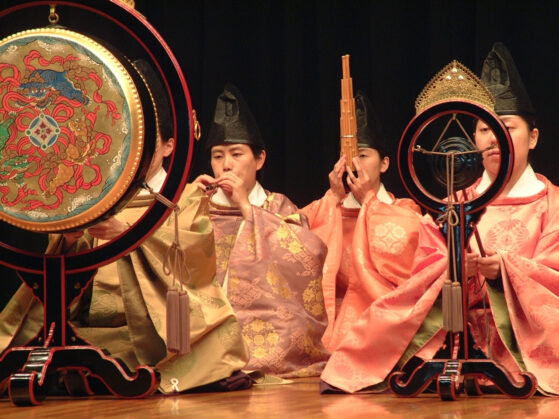
Tuning Systems in Traditional Arabic Music
In Arabic music, maqamat (plural of maqam) form the foundation of its melodic structure. Maqam is more than a scale. It is a complex system of melodic modes that govern pitch, intervals, and ornamentation. Each maqam carries emotional meaning. It is also linked to specific times of day, seasons, or spiritual experiences.
Arabic music features unique music concepts like the use of a microtonal tuning system. It divides the octave into smaller intervals than the Western system. While Western music divides the octave into 12 equal parts, Arabic music uses quarter tones. This allows for greater expression and nuance. The microtonal approach creates a distinct melodic landscape. The music feels more fluid and less fixed than in the Western tradition. These unique tuning and ornamentation concepts create a deeply emotional and expressive experience.
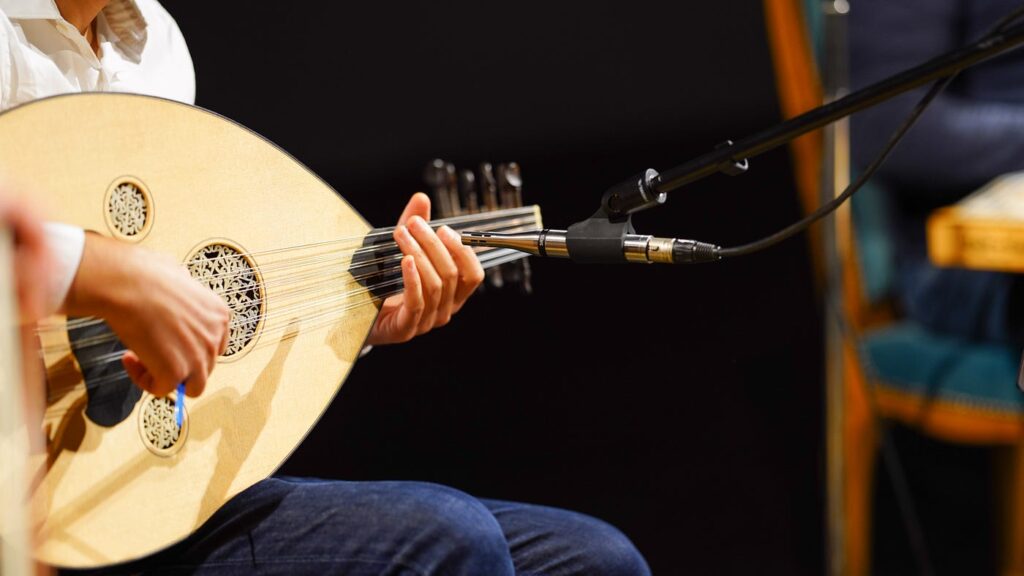
The Blues – United States
The blues is an iconic genre born from African American spirituals, work songs, and folk traditions in the United States, especially in the Mississippi Delta. What makes the blues so unique are its blue notes, which fall between the major and minor scale tones, giving the music a “bent” or “sad” quality. The blues scale itself is based on a pentatonic scale, but the addition of blue notes adds emotional depth and tension. This creates a sense of longing, melancholy, and catharsis.
The concept of call-and-response is central to the blues. In this structure, the singer or instrumentalist will “call” a phrase, and the rest of the band or audience will “respond.” This creates a communal and conversational connection between performer and audience. The blues has influenced countless genres, including jazz, rock, and hip-hop, showcasing its universal appeal. Its emotional rawness and simplicity make it one of the most impactful genres in the development of modern Western music, highlighting a unique music concepts rooted in cultural expression and emotional depth.

Gamelan – Indonesia
The gamelan is a traditional ensemble music from Indonesia, particularly Bali and Java. What sets the gamelan apart is its distinct sound, created by a combination of metallophones (metal percussion instruments), gongs, drums, and strings. Gamelan music is built around the concept of cyclic time, where melodies repeat in cycles, and the music feels both expansive and hypnotic.
A notable aspect of gamelan music is the idea of interlocking parts. Each player in a gamelan ensemble plays a small fragment of a larger melody or rhythm, and together, these parts create intricate, flowing patterns that give the music a complex yet unified sound. The concept of balungan, which refers to the main melody or framework of the piece, serves as a foundation upon which the other instruments elaborate, creating a rich tapestry of sound.
The relationship between the musicians and the instruments is deeply spiritual in Indonesia. In Balinese culture, gamelan performances are often tied to religious ceremonies and rituals, reflecting the harmony between the physical and spiritual realms.
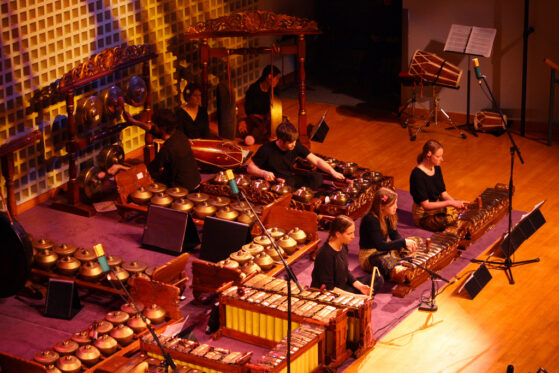
Choro – Brazil
Brazil’s traditional instrumental genre Choro is a fusion of African rhythms, European harmonic structures, and indigenous Brazilian melodies. What makes Choro music truly unique is its complex rhythms and virtuosity, often performed by small ensembles that feature instruments such as the pandeiro (Brazilian tambourine), cavaquinho (a small guitar), and flute. Additionally, Choro compositions frequently showcase highly syncopated rhythms, intricate melodic lines, and counterpoint, highlighting the technical prowess of its musicians.
Moreover, one of the most distinctive aspects of Choro is its flexibility. Musicians often improvise around the established melody, with individual performers taking turns for spontaneous solos. While the music is typically fast-paced and lively, it can also shift to a deeply melancholic tone, reflecting the full spectrum of human emotions. Furthermore, Choro’s roots in street music and informal gatherings give it a distinctly communal feel, where the audience’s participation is as important as the performance itself.
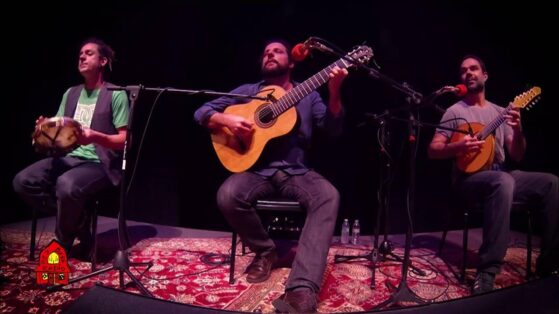
Hocketing – Central Asia
Hocketing is a unique musical technique used in many traditional Central Asian cultures, including those of the Kyrgyz and Uzbek people. In this method, the melody is carefully divided into small fragments, which are then passed between multiple performers. Each individual takes on just a portion of the melody, and together, these fragmented parts seamlessly combine to form the complete tune. This approach not only creates a distinctive collaborative performance but also emphasizes the importance of each individual’s contribution to the whole.
Moreover, hocketing has long been a vital element of Central Asian folk music, particularly in vocal and instrumental pieces. It highlights the collective nature of the music, stressing unity and collaboration. Through hocketing, performers create a deep sense of interconnectedness, where the performance becomes more than just the sum of individual parts—it becomes a unified expression of community. As a result, hocketing serves as a powerful reminder of how music can bring people together, fostering harmony and a shared experience through sound.
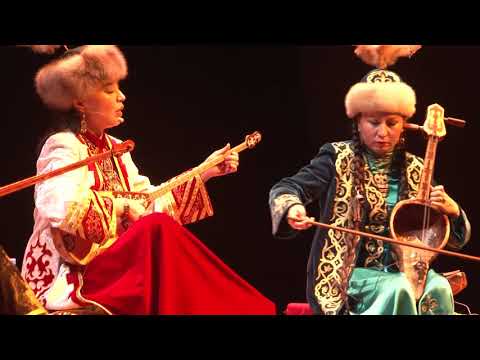
Conclusion
From the intricate rhythms of West Africa to the spiritual melodies of Japan, the world’s musical traditions offer a fascinating array of unique music concepts. These diverse practices not only reflect the cultural identities of their regions but also reveal the universal human desire for expression, connection, and emotion through sound. In addition, as we delve into these traditions, we gain a deeper understanding of how music serves as a bridge between people. It becomes a powerful means of communication that transcends language and borders. Furthermore, it stands as a testament to the creativity and resilience of human cultures worldwide.
If you’re eager to explore these unique music concepts further, join us at The Mystic Keys, and embark on a musical journey that will enrich your understanding of global traditions.


